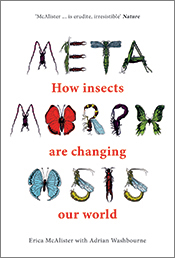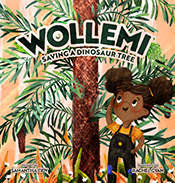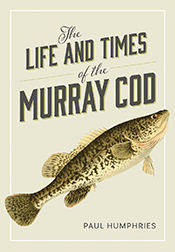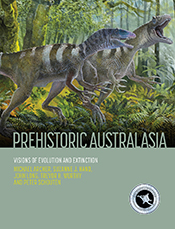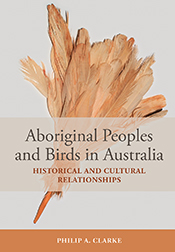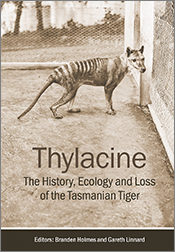To Feed A Nation
A History of Australian Food Science and Technology
By: Keith FarrerA history of Australian food science and technology over two centuries.
To Feed a Nation takes the reader on a journey over the centuries, describing the slow and arduous development of Australian food technology and science from before European settlement to the latter half of the twentieth century. + Full description
The first part of the book gives a fascinating glimpse into Aboriginal food and culture, outlines the primitive state of European food technology at the time of the First Fleet, and shows how the colonists tried to transfer to Australia the village technologies they knew in England.
The second part describes how, for most of the nineteenth century, technology preceded science – the processing and storage of food relied on methods which, by trial and error, had been shown to work – and food science was slow to emerge.
The final part of the book highlights the twentieth century watershed — how a growing understanding of the nature of food, the principles of nutrition, and the role of micro-organisms, was able to propel food technology to where it is today.
The publication of To Feed a Nation has been sponsored by the Food Technology Association of Victoria.
- Short descriptionNews
No longer available in a print edition.
Reviews
"An extraordinarily detailed account of the changing nature of Australian food science and technology. Keith Farraer should be commended for recording such a detailed and valuable work of reference and history."
George Main (Historical Records of Australian Science, Vol 16, Number 2, 2006)
"The book is detailed and packed with important information, a reliable but also readable account of an important topic."
DK (Australian Historical Studies 126, 2005)
“To Feed a Nation is an accessible and fascinating book. For anyone who wants a short, reliable and historically accurate account of food production in Australia and the development of the food science profession this book is a very good start.”
Ralph Blunden (Alumni, La Trobe University 2005)
"…if Keith Farrer had not written To Feed A Nation, it would not have been written with the detail, clarity and understanding based on his lifetime passion for food science… (it) should be required reading for students of food science and technology and for those practitioners and the public interested in food history."
Professor Ken Buckle (Food Australia v.58 no.1-2 January/February 2006)
Details
ePDF | February 2005ISBN: 9780643092174
Publisher: CSIRO Publishing
Available from eRetailers
Features
- Provides a comprehensive overview of Australian food science and technology
- Covers development of techniques including refrigeration, fermentation and milling
- Includes aboriginal food and culture
Contents
Part One: FROM TECHNIQUES TO TECHNOLOGY1. Before the First Fleet Came
2. What the First Fleet Brought
3. The Village Technologies
Part Two: FROM TECHNOLOGY TO SCIENCE
4. Meat Processing
5. Refrigeration
6. Sugar: A Major Ingredient
7. Fruit and Vegetable Products
8. Milling and Flour Based Products
9. Fermentation – Brewing and Winemaking
10. Dairy Products
11. The Emergence of Food Science
12. Into the Twentieth Century
Part Three: SCIENCE AND TECHNOLOGY
13. The 1940–1960 Watershed
14. Consolidating the Science Base
15. Challenge and Change
16. Nutrition – a Branch of Food Science
17. Response to Anxiety
18. Epilogue
Acronyms
Sources
Bibliography
Index



